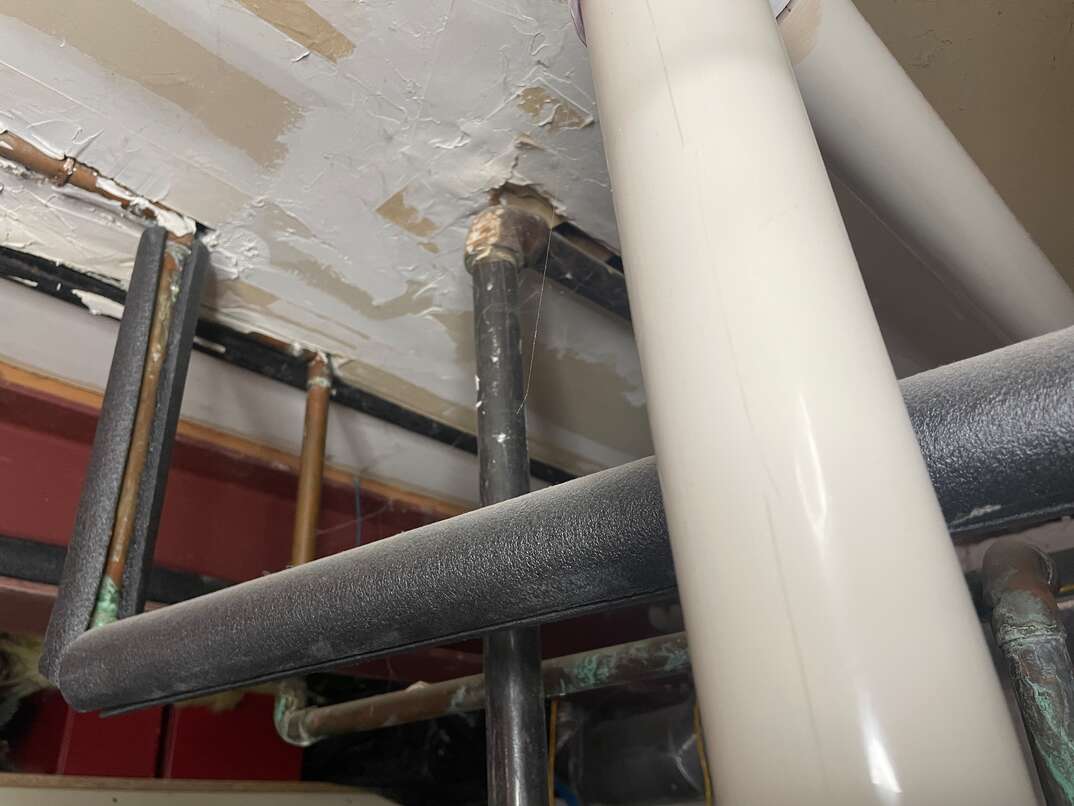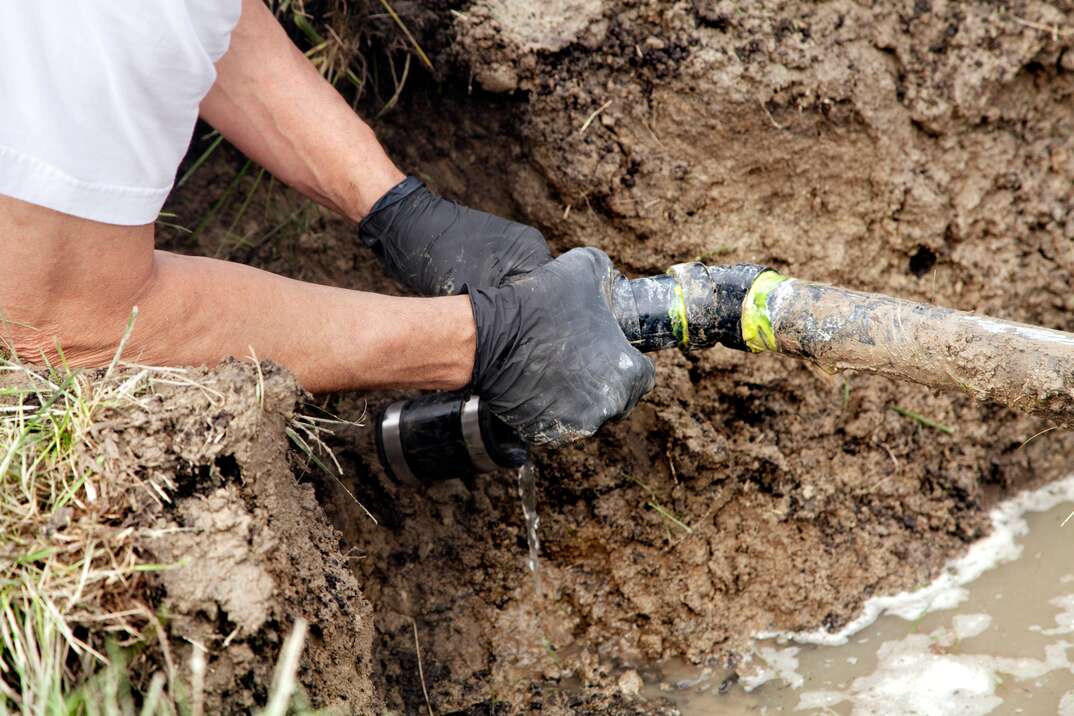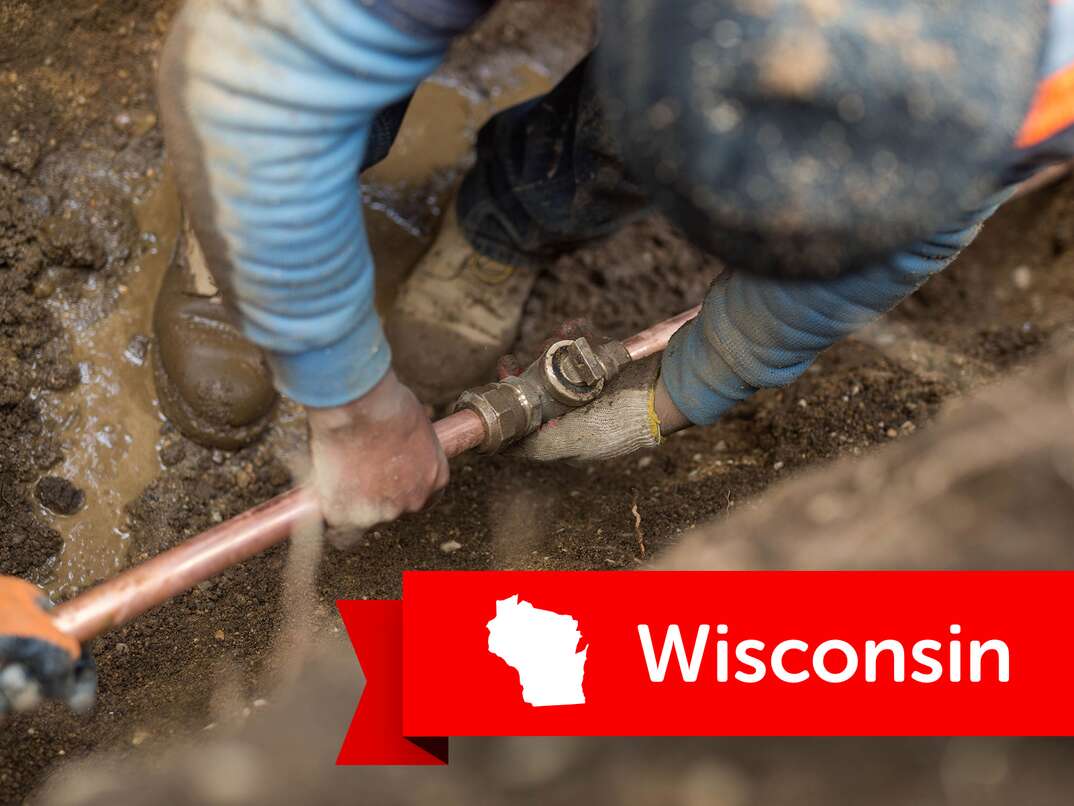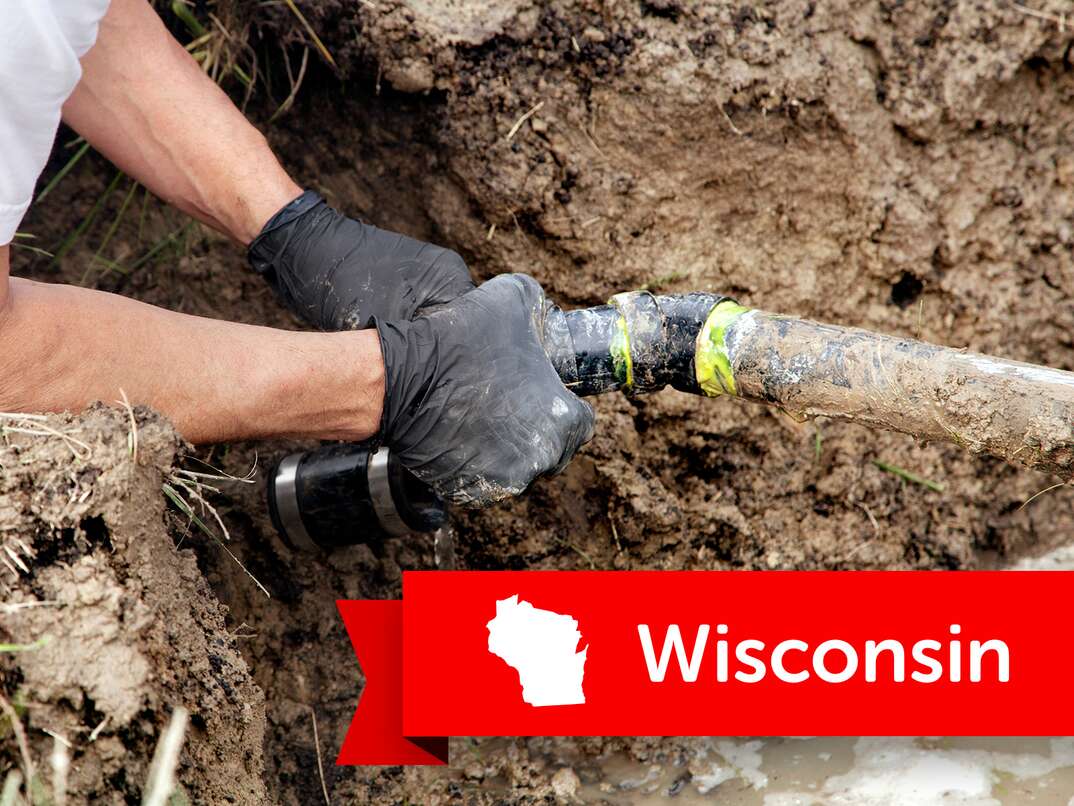How Much Does It Cost to Insulate Your Pipes?

When the temperature plummets, the last thing you want is a frozen or burst pipe wreaking havoc with your winter plans. Cold weather is bad news for your plumbing, so it's worth knowing how insulation for pipes helps protect your system from the elements.
This May Also Interest You: Prevent Frozen-Pipe Problems by Knowing These Things Down Cold
Fortunately, insulating your pipes is an easy — and cheap — home improvement project that even DIY rookies can tackle. Below, we'll explore how much water pipe insulation costs, including DIY and professional installation price breakdowns.
Why Should You Install Water Pipe Insulation?
When the temperature drops, standing water inside your pipes can freeze and expand. This expansion often causes cracked pipes. This means you'll need to replace the damaged pipes, and the resulting leaks could cause significant damage to your walls, ceilings and floors. The risk of frozen pipes is higher in areas with low winter temperatures.
Pipe insulation reduces the risk of frozen pipes and keeps water flowing correctly around your home. Generally, installing pipe insulation is significantly cheaper than paying for repairs if your pipes burst. This Old House estimates that repairing the water damage caused by frozen pipes costs at least $1,304 (CAD 1,773) and could set you back as much as $5,515 (CAD 7,498) if the damage is severe.
Insulating your pipes doesn't just prevent plumbing disasters — it also minimizes heat loss, making your home more energy efficient. The U.S. Department of Energy says that homeowners may save 3% to 4% on their energy bills every year by insulating water pipes.
Generally, you should always insulate exterior plumbing, but the pipes inside your home can also be vulnerable during cold weather. Therefore, it's worth considering installing water pipe insulation under sinks, in garages and crawlspaces and around any other internal locations prone to low temperatures.
More Related Articles:
- Plumbing Repair Cost Guide
- 9 Times When You Should Call a Professional Plumber
- Pipe Burst? Here’s What to Do Next
- How Your Home’s Plumbing System Works
- 9 Common Plumbing Myths — Busted
How Much Does It Cost to Insulate Pipes Yourself?
Insulating pipes yourself is relatively straightforward, and you can purchase foam insulation tubes online and from home improvement stores. Alternatively, you can buy pipe insulation wrap, a type of insulated tape that winds around your plumbing and prevents heat transfer. Walmart sells insulation tubes starting at around $7.99 (CAD 11), while a roll of pipe insulation tape starts at $9.91 (CAD 13).
According to Forbes, insulating pipes yourself costs around $100 to $200 (CAD 134 to CAD 272) in total for a typical family home. These figures include the cost of insulation materials and other equipment required to install the pipe insulation, such as cable ties and foil tape.
Insulating pipes yourself may cost more if you don't have the tools you need to install the insulation on hand. For example, you'll likely need a utility knife, sharp scissors and hand and eye protection. You'll also require a sturdy ladder to access exterior pipes on the upper floors of your home.
How Much Does Professional Pipe Insulation Installation Cost?
You may be better off hiring a professional to install water pipe insulation if your pipes are hard to access or you're concerned about installing the materials using a ladder. Typically, hiring a professional to install insulation for an entire home costs $40 to $80 (CAD 54 to CAD 109) per hour, according to data from HomeGuide. You may pay slightly more if you live in an area with high labor costs or if your pipes are challenging or dangerous to access.
Energy Saver says installing pipe insulation takes around three hours. Therefore, you should expect to pay a professional roughly $120 to $240 (CAD 163 to CAD 326) for labor, excluding the cost of materials. If you supply the materials yourself, expect to spend around $220 to $440 (CAD 299 to CAD 598) in total.
All CAD conversions are based on the exchange rate on the date of publication.


